Industry information
Company News
- Stone patterned aluminum veneer: a perfect fusion of nature and industry
- Exploring Stone patterned Aluminum Veneer: The Perfect Fusion of Fashion and Texture
- Imitation wood grain aluminum veneer: the new darling of modern architecture
- Imitation wood grain aluminum veneer, perfect fusion of modernity and nature!
- Imitation stone patterned aluminum veneer: the finishing touch of modern architecture
Industry dynamics
- Aluminum veneer: bringing better insulation performance to buildings
- Twisted painted aluminum veneer creates a new choice for modern architectural appearance
- Aluminum veneer: the fashionable outerwear of modern architecture
- The advantages and technologies of stone patterned aluminum veneer curtain wall
- Imitation stone patterned aluminum veneer: natural art in modern architecture
Frequently asked questions
- Is the fire resistance of aluminum veneer related to its material?
- Can aluminum veneer be applied to different styles of architectural exterior design?
- What is the strength of aluminum veneer?
- What impact does the weight of aluminum veneer have on building structures?
- Can the insulation function of aluminum veneer reduce the amount of cement used in buildings?
contact us
Mobile:+86 15627778610
Email: 2201229786@qq.com
Address: No. 5 Binjiang Road, High tech Zone, Zhaoqing City, Guangdong Province
Aluminum veneer: achieving seamless connection in architectural design
- Author: Supreme Building Materials (Guangdong) Co., Ltd
- Release time: 2022-03-01 09:07:10
- Click:0
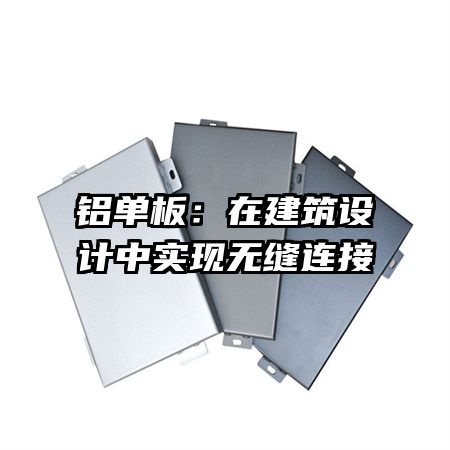
Aluminum veneerRealize seamless connection in architectural design
Abstract: Aluminum veneer, as a commonly used building material, plays an important role in architectural design. This article elaborates in detail on how aluminum veneer can achieve seamless connection from four aspects, including material characteristics, manufacturing processes, installation techniques, and design applications. By exploring these aspects, we can better understand the advantages and application value of aluminum veneer in architectural design.
1、 Material characteristics
1. Corrosion resistance: Aluminum veneer has excellent corrosion resistance and can be used for a long time in various harsh environments without damage.
2. Lightweight and High Strength: Compared to traditional building materials, aluminum veneer has lower density and higher strength, making the building structure more lightweight and flexible.
3. Plasticity: Aluminum veneer is easy to process into various shapes and sizes, which can meet the needs of different architectural designs.
2、 Manufacturing process
1. Coating technology: The surface of aluminum veneer is treated with a special coating to improve its weather resistance and wear resistance, while also increasing the aesthetic appearance of the building.
2. Forming process: Aluminum veneer can be processed through cold bending, hot bending and other forming processes to achieve various curved and irregular designs.
3. Surface treatment: Through surface treatment techniques such as anodizing and spraying, aluminum veneer can not only obtain different colors and textures, but also increase its durability.
3、 Installation Technology
1. Dry hanging system: Using a dry hanging system to install aluminum veneer can achieve seamless connection, improve the overall integrity and aesthetics of the building's exterior walls.
2. Hidden installation: Through hidden installation technology, the connection points between the aluminum veneer and the building structure are almost invisible, creating a simpler and smoother appearance.
3. Adjustable installation: During the installation process of aluminum veneer, fine adjustments and adjustments can be made to ensure that the gap between each aluminum veneer is consistent, achieving a truly seamless connection.
4、 Design application
1. Facade decoration: Aluminum veneer, as a decorative material for building facades, can be seamlessly connected to create a flat and continuous exterior wall surface.
2. Roof covering: The application of aluminum veneer in roof covering is becoming increasingly widespread, and its seamless connection can effectively prevent water leakage and seepage problems.
3. Interior decoration: Aluminum veneer can not only be used for building exterior walls, but also for interior decoration, such as ceilings, partitions, etc., to achieve a unified overall design style.
5、 Summary:
In summary, the advantage of seamless connection achieved by aluminum veneer in architectural design cannot be ignored. Its material properties, manufacturing processes, installation techniques, and design applications provide architects with more possibilities and creative space. With the continuous advancement and innovation of technology, it is believed that the application of aluminum veneer in the field of architectural design will become increasingly widespread.


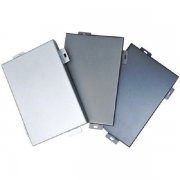
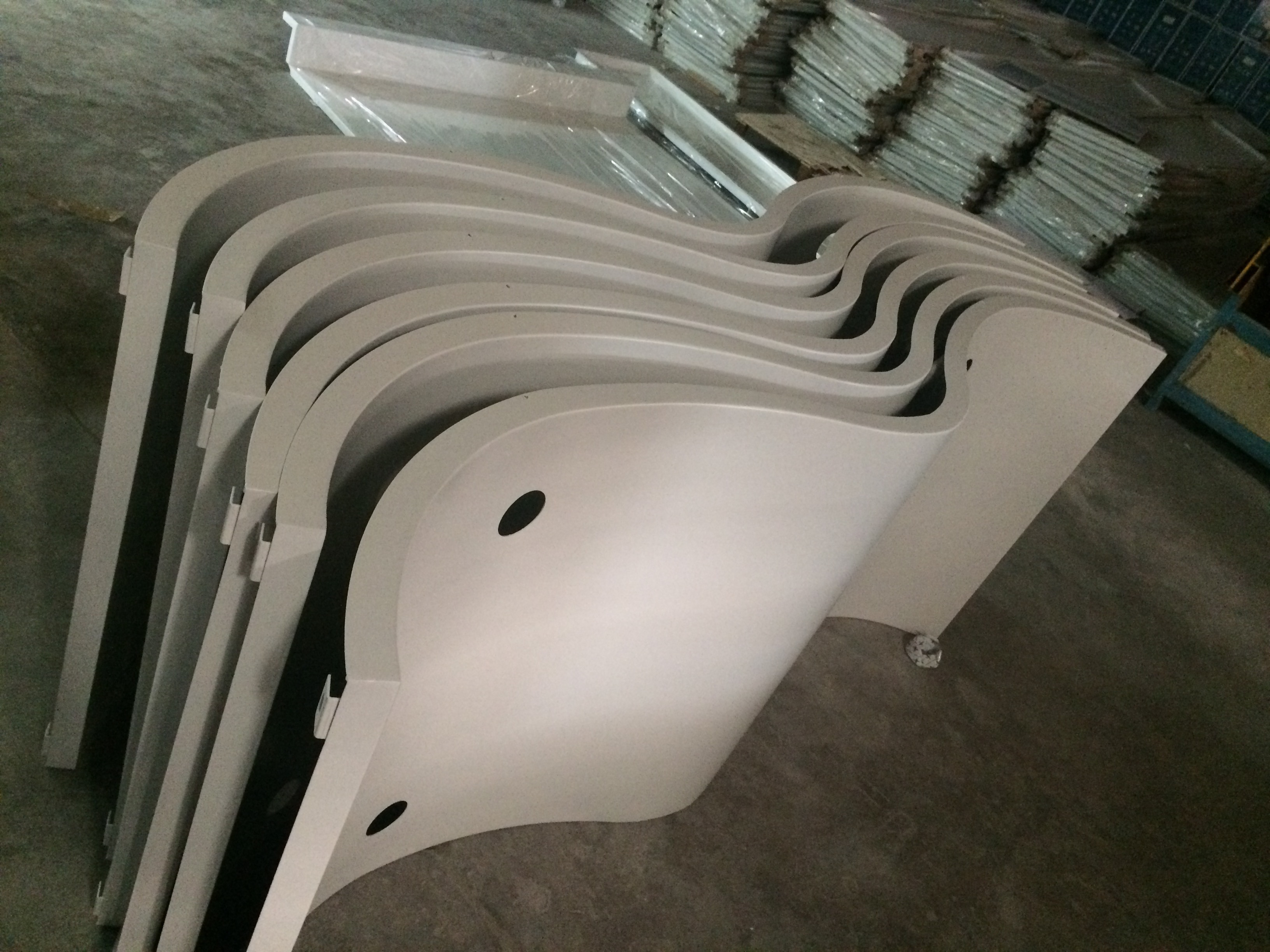
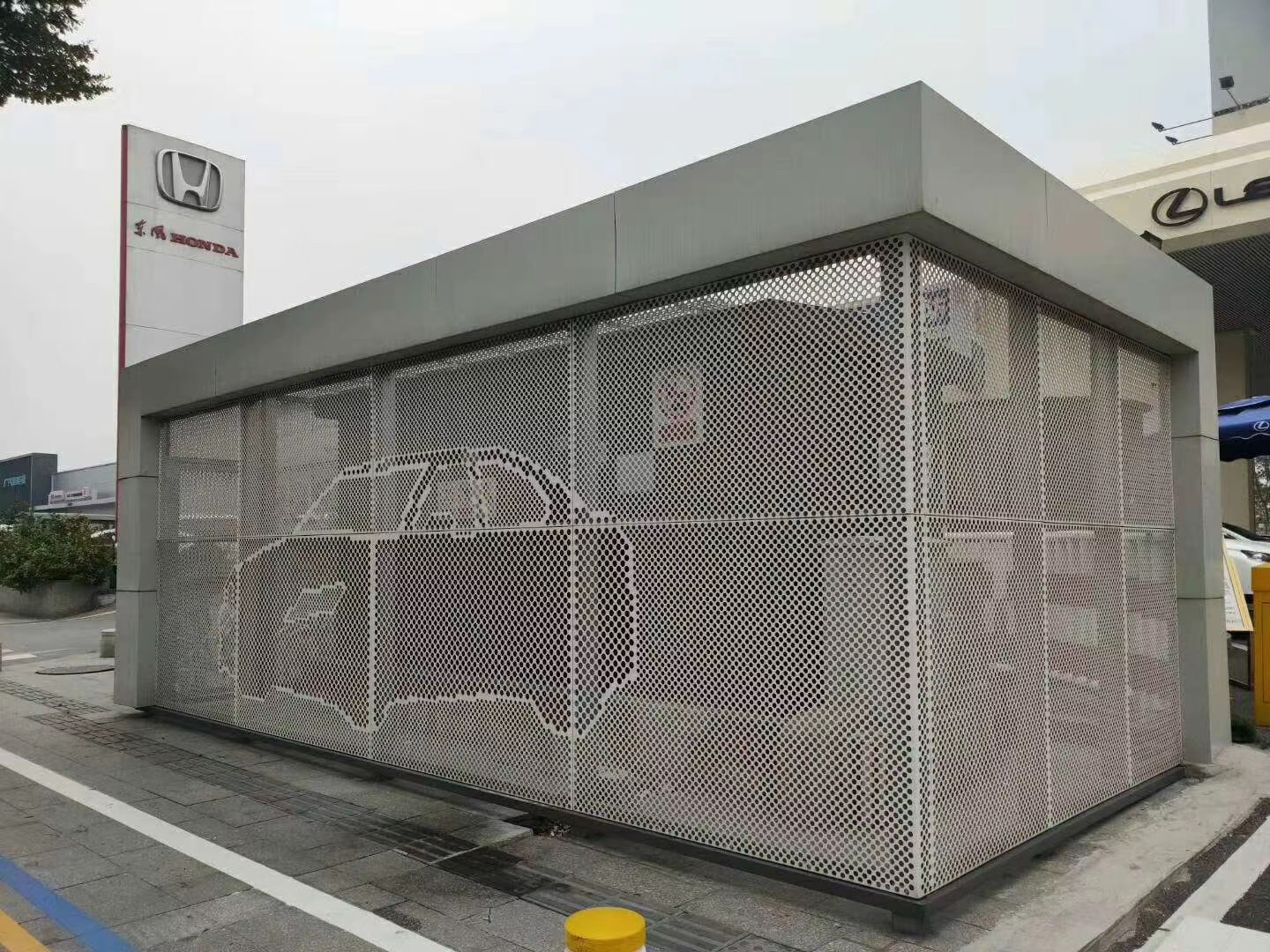
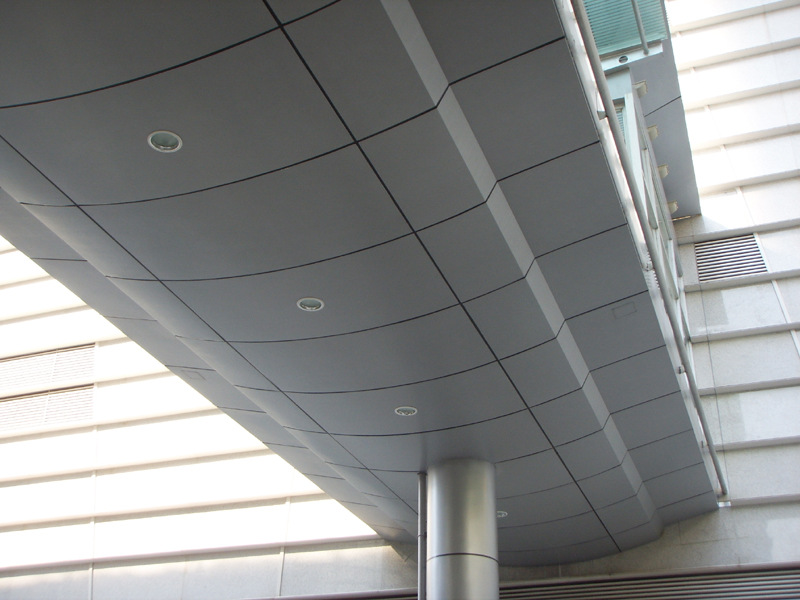

 Customer service QQ
Customer service QQ